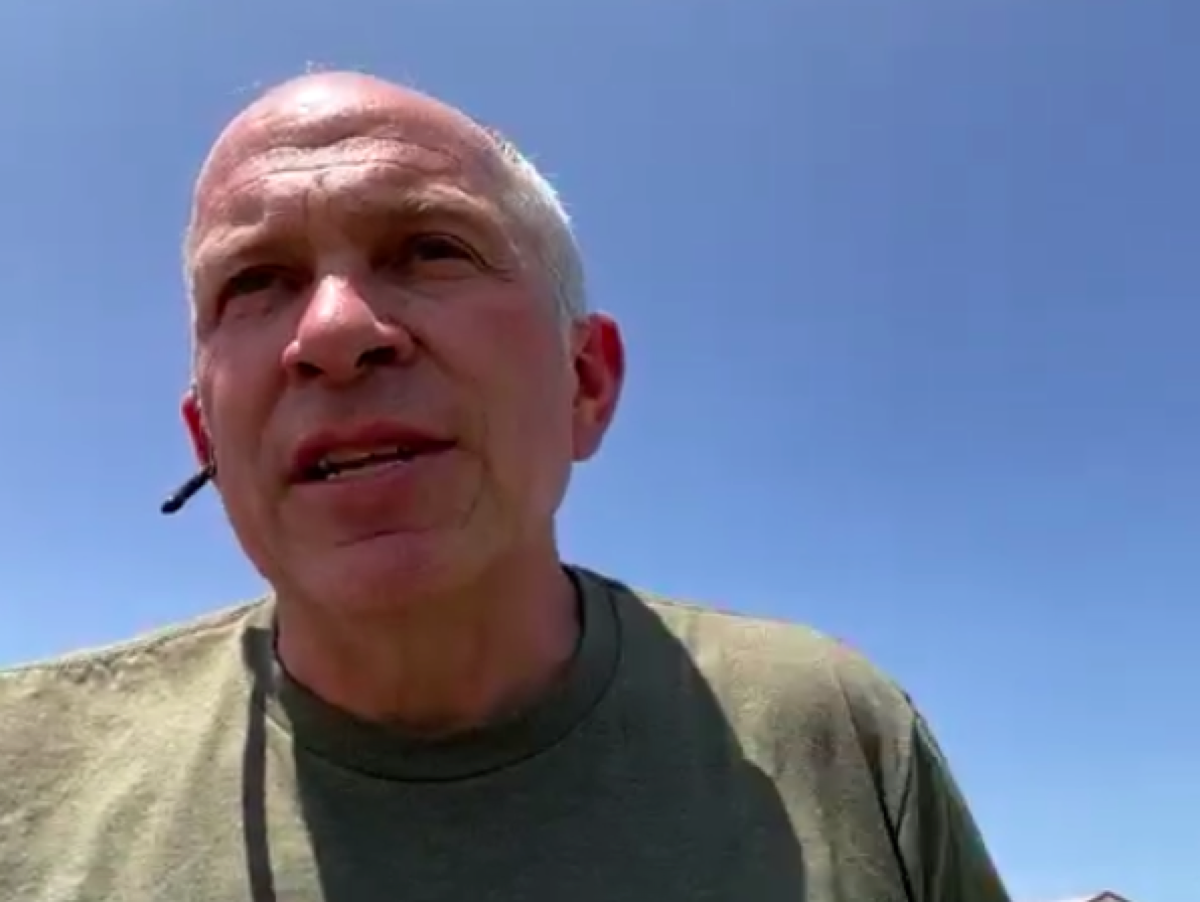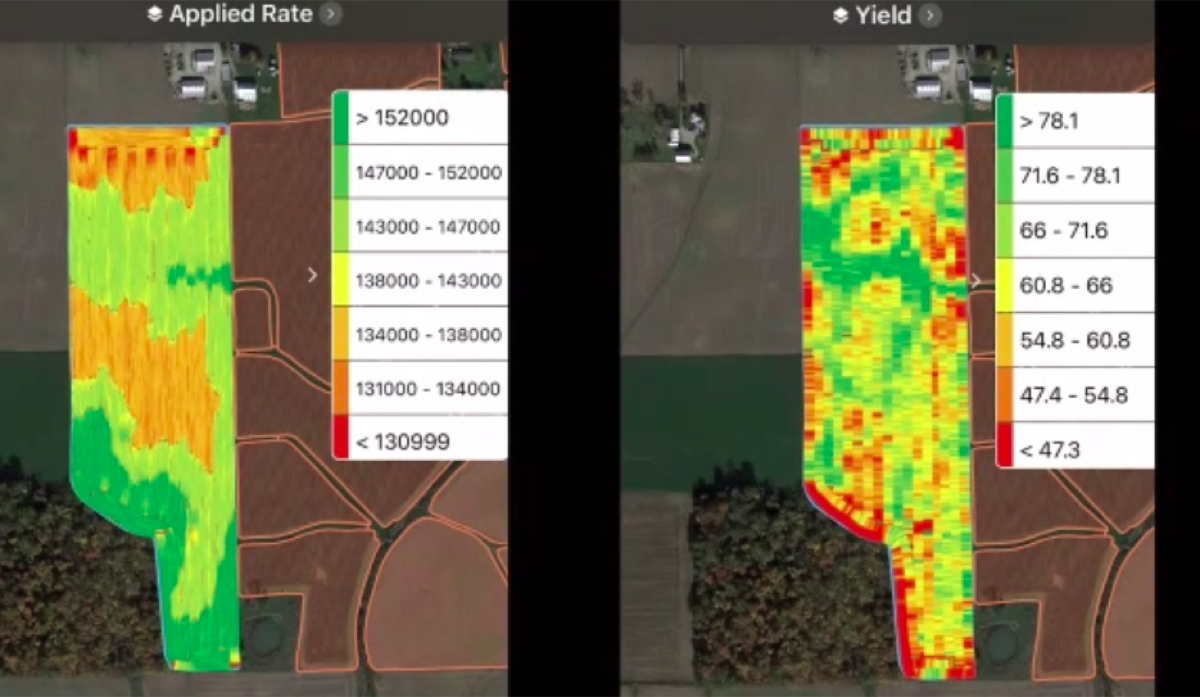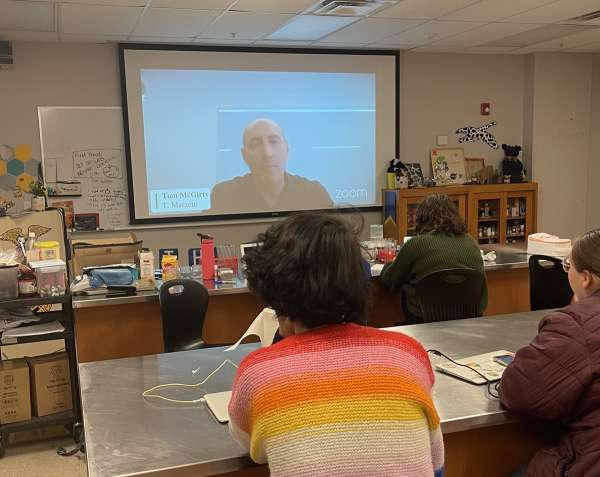
Pat Knouff took students on a virtual tour of his western Ohio farm, where he goes soybeans, corn, and a little wheat. Knouff is one of the 25,000 soybean farmers in Ohio who help support the GrowNextGen program through their check-off dollars. Today was his first day of planting. He explained about the planting process and what leads up to it.

In late summer or early fall, Knouff considers the data from the previous year: years, soil samples, and more. “There are a lot of different soil types in Ohio,” he said. He has gathered information on things such as pH, phosphorus, potassium, and cation-exchange capacity, a measure of soil fertility. Using this information, he is able to make a plan for the following year’s planting.
Variable rate seeding means he puts different populations of seeds in different areas. Elevation and soil type affect this. Other decisions involve which fertilizer to use and how much to apply in different areas.

Once these decisions are made, the plan is sent to monitors in the tractors, and the planters do their job accordingly. Technology in the cab includes two screens, one showing where the tractor has been and another indicating the seed population being put down. Knouff said the tractor moves along at about 10 mph.
The soybeans are treated before planting with a prescribed amount of insecticides and two different fungicides to protect the young plant from beetles and aphids that eat it.
A v-shaped piece of equipment opens the ground, seeds are dropped, and then closers push the dirt back over to cover the soybean. GPS controls the tractor’s movement and progress. Auto-steer has made things easier. “There’s error when humans drive. During these long days of planting (sometimes 15 hours), we are grateful for the help!” Knouff said.
Nature is the most challenging part of the planting process, Knouff indicated. Although planting has started a bit late this year, yields can still be good if the weather cooperates. “The plant is a factory; it needs rain and sun.”
“My favorite thing about being a farmer has to do with my family, the way I am able to raise them in this lifestyle. It is hard work to get things done, but there’s probably no better life! The hardest part? I wake up every day and gamble. I can’t control Nature. We take a risk every time we come out here and do this. We hope we’re making the right decisions. I’m always learning—every year, something changes. We’re always trying to find the best way to do what we do,” Knouff said.
Ohio Soybean Council Director of Research and Education Tom Fontana hosted the virtual field trip. Fontana shared questions from viewers and explained about the many uses of soybeans, as well as the many careers connected to agriculture.
To learn more about farming decisions, check out our Smart Farming unit!




Share this